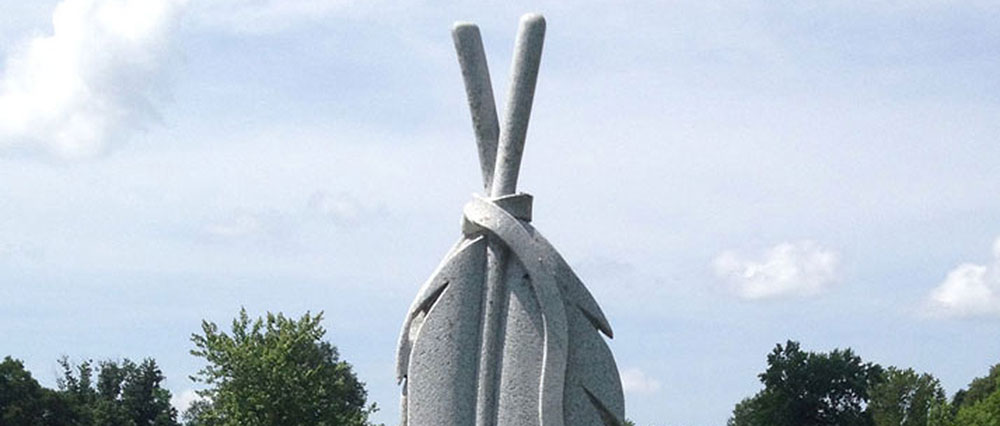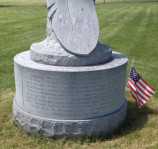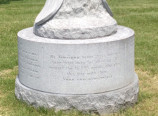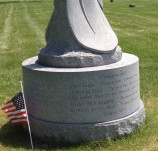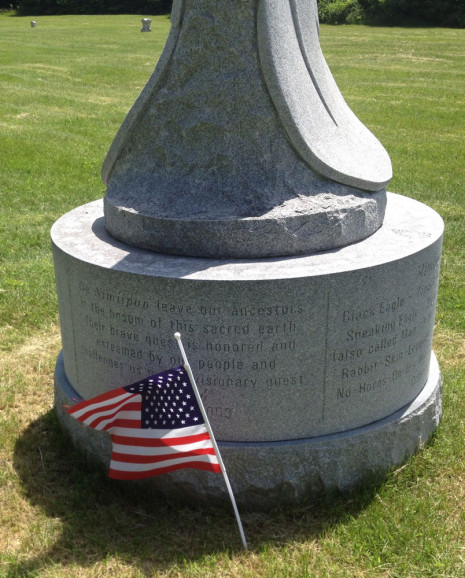The Nez Perce were a fairly peaceful tribe of about 4,000 living in villages just west of the Rocky Mountains. They hunted buffalo, fished for salmon, and did some light farming. When Lewis & Clark first explored the West, they became quite close with the Nez Perce–in fact, Clark later had a child with a Nez Perce woman.
Decades later, four warriors from the Nez Perce tribe traveled over 2,000 miles to St. Louis: Black Eagle, Speaking Eagle, Rabbitskin Leggings, and No Horns on His Head. The fact that no one spoke their language made communication nearly impossible for them, so it remains a bit unclear as to why they traveled so far. Many claim they were seeking to be converted to Christianty, other stories say they were interested in simply learning.
According to Black Eagle descendant Allen Pinkham on the National Association of Tribal Historic Preservation Officers site:
“They were wandering around St. Louis, and no one could understand their language or their sign language. Finally some people got the idea that they were looking for the Bible. That was the beginning of us being inundated by missionaries. Black Eagle and Speaking Eagle said they were looking for the book of Heaven. There are five versions of what that is. My father told me it was the book of knowledge, that they were looking for what went into a book and how you convey knowledge. We didn´t need a new religion. We had our own ways that were a way of life.”
Unfortunately, their bodies were not accustomed to being exposed to the kinds of diseases that ran rampant in a predominantly white urban population in the 1800s. Within the first two months of their visit, both Black Eagle and Speaking Eagle died. The other two warriors–Rabbitskin Leggings and No Horns on his Head died on their journey back West. As the monument notes, their burial place is unknown.
Black Eagle and Speaking Eagle’s final resting places were moved a number of times over the years. Finally, in 2000, National Park Service researcher Robert Moore located the two unmarked graves in Calvary Cemetery in this mass burial site for Native Americans.
According to the monument, this site contains 15,000 graves. As you can see from the picture, the monument sits alone in the middle of a large, empty field (empty except for a million ghosts!). This beautiful monument was erected in 2003, and features a carving of two eagle feathers designed by Lapwai historian Crystal White.

